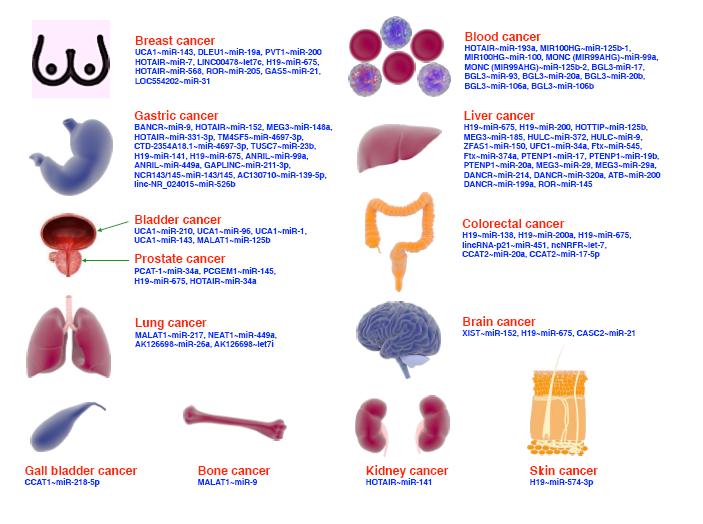| 1. |
Rashid M, Sulaiman N, P P Abdul Majeed A, et al. Current status, callenges, and possible solutions of EEG-based brain-computer interface: a comprehensive review. Frontiers in Neurorobotics, 2020, 14: 25.
|
| 2. |
王萌亚, 王仲朋, 陈龙, 等. 卒中后运动神经反馈康复训练研究进展与前景. 中国生物医学工程学报, 2019, 38(6): 742-752.
|
| 3. |
刘拓, 叶阳阳, 王坤, 等. 运动想象脑电信号分类算法的研究进展. 生物医学工程学杂志, 2021, 38(5): 995-1002.
|
| 4. |
Kumar J M, Mittal V K. EEG data acquisition system and analysis of EEG Signals//2021 2nd International Conference for Emerging Technology (INCET). Belagavi, India: IEEE, 2021: 1-5.
|
| 5. |
He M, Xu Z, Huang Z, et al. HMT: an EEG signal classification method based on CNN architecture//2023 5th International Conference on Intelligent Control, Measurement and Signal Processing (ICMSP). Chengdu, China: IEEE, 2023: 1015-1018.
|
| 6. |
Xu C, Xia R Z. EEG signal classification and feature extraction methods based on deep learning: a review//2023 2nd International Conference on Big Data, Information and Computer Network (BDICN). Xishuangbanna, China: IEEE, 2023: 186-189.
|
| 7. |
Satapathy S K, Vyas D, Rajput N S, et al. Deep convolutional neural network for multi-class classification of motor imagery from EEG signals//2023 International Conference on Recent Advances in Science and Engineering Technology (ICRASET). B G Nagara, India: IEEE, 2023: 1-8.
|
| 8. |
Schirrmeister R T, Springenberg J T, Fiederer L D J, et al. Deep learning with convolutional neural networks for EEG decoding and visualization. Hum Brain Mapp, 2017, 38(11): 5391-5420.
|
| 9. |
Lawhern V J, Solon A J, Waytowich N R, et al. EEGNet: a compact convolutional neural network for EEG-based brain-computer interfaces. Journal of Neural Engineering, 2018, 15(5): 056013.
|
| 10. |
Wang X, Hersche M, Magno M, et al. MI-BMInet: an efficient convolutional neural network for motor imagery brain–machine interfaces with EEG channel selection. IEEE Sensors Journal, 2024, 24(6): 8835-8847.
|
| 11. |
Wimpff M, Gizzi L, Zerfowski J, et al. EEG motor imagery decoding: a framework for comparative analysis with channel attention mechanisms. J Neural Eng, 2024, 21(3): 036020.
|
| 12. |
Zhao W, Jiang X, Zhang B, et al. CTNet: a convolutional transformer network for EEG-based motor imagery classification. Scientific Reports, 2024, 14(1): 20237.
|
| 13. |
Li W, Ma Y, Qin P, et al. FSTA-Net: motor imagery EEG decoding based on frequency-spatial-time features. IEEE Sensors Journal, 2024, 24(15): 24031-24043.
|
| 14. |
Altuwaijri G A, Muhammad G, Altaheri H, et al. A multi-branch convolutional neural network with squeeze-and-excitation attention blocks for EEG-based motor imagery signals classification. Diagnostics, 2022, 12(4): 995.
|
| 15. |
Ma X, Chen W, Pei Z, et al. A temporal dependency learning CNN with attention mechanism for MI-EEG decoding. IEEE Trans Neural Syst Rehabil Eng, 2023, 31: 3188-3200.
|
| 16. |
Mane R, Chew E, Chua K, et al. FBCNet: a multi-view convolutional neural network for brain-computer interface. arXiv preprint, 2021, arXiv: 2104.01233.
|
| 17. |
Cao J, Li G, Shen J, et al. IFBCLNet: spatio-temporal frequency feature extraction-based MI-EEG classification convolutional network. Biomedical Signal Processing and Control, 2024, 92: 106092.
|
| 18. |
Cai Z, Luo T J, Cao X. Multi-branch spatial-temporal-spectral convolutional neural networks for multi-task motor imagery EEG classification. Biomedical Signal Processing and Control, 2024, 93: 106038.
|
| 19. |
Li Duan, Liu Peisen, Xia Yongquan. A novel artifact removal strategy and spatial attention-based multiscale CNN for MI recognition. International Journal of Advanced Computer Science and Applications, 2023, 14(9): 283-293.
|
| 20. |
Amin S U, Altaheri H, Alsulaiman A M. Attention-inception and long-short-term memory-based electroencephalography classification for motor imagery tasks in rehabilitation. IEEE Transactions on Industrial Informatics, 2022, 18(8): 5412-5421.
|
| 21. |
Zhou B, Wang L, Xu W, et al. Multi-scale convolutional attention and Riemannian geometry network for EEG-based motor imagery classification. IEEE Access, 2024, 12: 79731-79740.
|
| 22. |
Huang M, Wang L, Zhang Z, et al. Motor imagery EEG recognition based on label alignment and deep learning//2023 3rd International Conference on Electronic Information Engineering and Computer Communication (EIECC), Xi'an: IEEE, 2023.
|
| 23. |
Barmpas K, Panagakis Y, Bakas S, et al. Improving generalization of CNN-based motor-imagery EEG decoders via dynamic convolutions. IEEE Trans Neural Syst Rehabil Eng, 2023, 31: 1997-2005.
|
| 24. |
Liu K, Yang M, Yu Z, et al. FBMSNet: a filter-bank multi-scale convolutional neural network for EEG-based motor imagery decoding. IEEE Trans Biomed Eng, 2023, 70(2): 436-445.
|
| 25. |
Wen Y, Zhang K, Li Z, et al. A comprehensive study on center loss for deep face recognition. International Journal of Computer Vision, 2019, 127(6): 668-683.
|
| 26. |
潘礼正, 丁忆, 王顺超, 等. 基于个体自适应的运动想象脑电信号特征表征研究. 生物医学工程学杂志, 2022, 39(6): 1173-1180, 1188.
|
| 27. |
Wang P, Huang S, Jamil Z, et al. Exploring gender differences in motor imagery EEG for brain-computer interface applications//2023 IEEE EMBS Special Topic Conference on Data Science and Engineering in Healthcare, Medicine and Biology, Malta: IEEE, 2023: 15-16.
|
| 28. |
Song Y, Zheng Q, Liu B, et al. EEG conformer: convolutional transformer for EEG decoding and visualization. IEEE Trans Neural Syst Rehabil Eng, 2023, 31: 710-719.
|
| 29. |
Mao A, Mohri M, Zhong Y. Cross-entropy loss functions: theoretical analysis and applications//Proceedings of the 40th International Conference on Machine Learning (ICML'23), Honolulu: PMLR, 2023.
|




